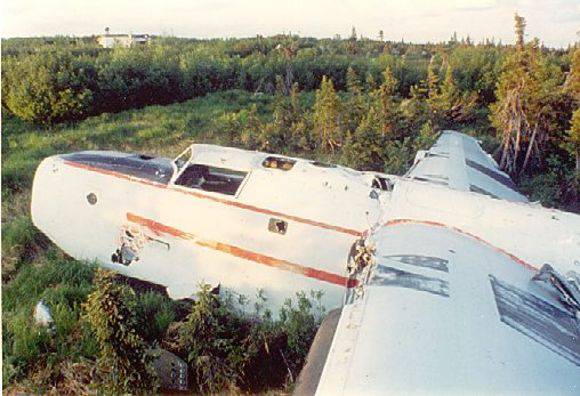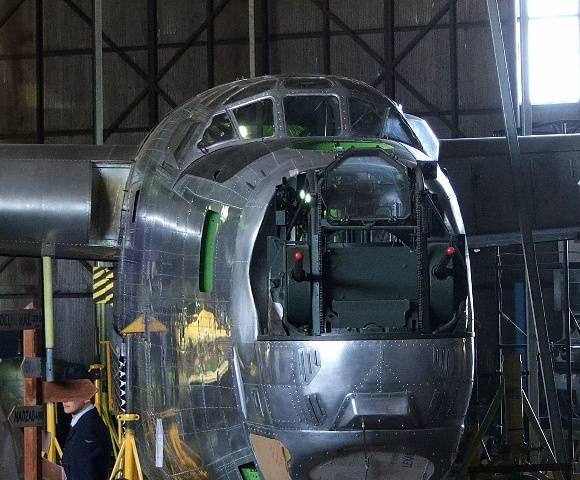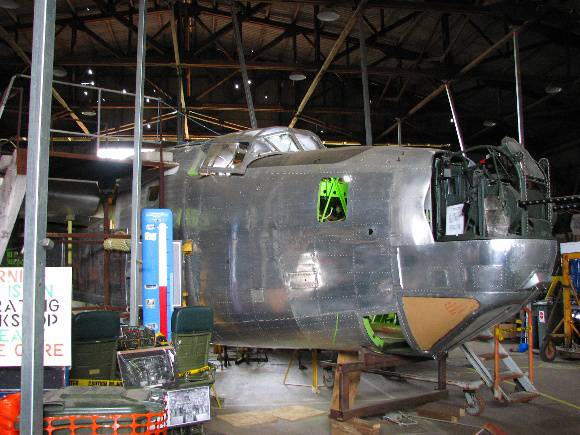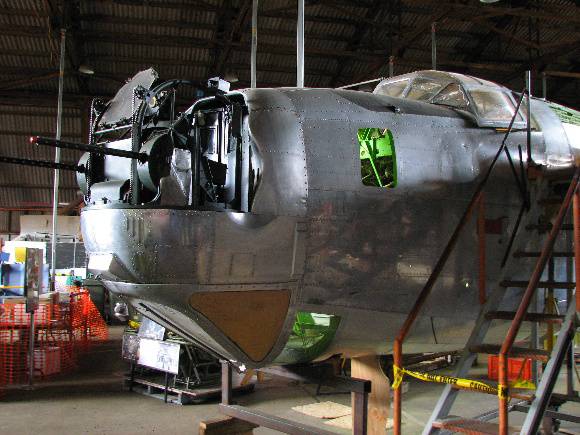| Back to search results » | Back to search page » |
|
B-24 Liberator Bomber - Hanger 2 Former Werribee Satelite Airfield
LocationCnr Farm & Old Geelong Roads,, POINT COOK VIC 3030 - Property No B6706
File NumberB6706LevelNational |
|
Statement of Significance
This ex-RAAF B-24MR Liberator is of National significance.
Cultural
During the Second World War, seven squadrons of the Royal Australian Air Force flew a total of nearly 300 Consolidated B-24 Liberators in defending Australia against Japanese aggressors. They were especially instrumental in deterring an invasion force of 50,000 Japanese troops assembled in Timor. Though more than 18,000 of these aircraft were built in the USA during the war, only five remain world-wide today. A72-176 is the only survivor from the RAAF's wartime fleet, and the only one remaining in this country. On 15 August 2000 this aircraft was dedicated as a national memorial to those who maintained and flew the Liberator during the dark days of World War 2. The actual ceremony and all that has gone into the aircraft's restoration was the subject of an episode of the ABC TV's Australian Story three days later. Even in its incomplete state, the aircraft itself has already become a focus for veteran reunions, and is still amazingly capable of stirring personal emotions - perhaps in laying ghosts to rest - amongst many of the older visitors to the Werribee restoration site.
Historic
The B-24 Liberator represents the ultimate strength of the Royal Australian Air Force, which at the height of its development operated these aircraft in seven squadrons and two special flights during the war in the Pacific. It was the largest aircraft in service with the RAAF in wartime, and is the only one remaining from a fleet of nearly 300. As such it is now an historic aircraft of national significance, an icon in the history of Australia's aviation heritage and development, and a monument to our nation's military resolve to resist the might of a would-be invader.
Scientific
The B-24 represents a notable advance in the development of aviation technology in being the first practical application of the American, Davis-designed wing. Though the design of this long tapering low-drag, high aspect ratio structure was several years old at the time, the 1939 Liberator prototype became the first production aircraft to adopt the design, around which the rest of the aircraft was built. The new wing gave a much improved performance with fewer materials used in its construction, and thus less weight overall, compared with its contemporaries. In this respect it was regarded as the forerunner of the modern aeroplane in terms of longer slimmer wings, which eventually took on the swept-wing configuration of today's large passenger jets. It also pioneered the use of tricycle undercarriages on large four-engined aircraft which eventually became the stamp of modern aircraft design, as well as testing and deploying new radar developments as they became available. This particular B-24MR Liberator (R denoting its radar applications) is the only one of its kind left in the world. It therefore has some claim to international significance.
Social
Some 20,000 RAAF personnel serviced and flew these aircraft from Australian bases during the Second World War. Many more flew them as early volunteer members of Britain's Royal Air Force, not only in Bomber Command, but also in Coastal and Transport Commands. Australian veterans and others from overseas therefore spent a considerable part of their younger lives in association with this aircraft during World War 2. More than a few actually gave their lives in the defence of this country, and in the liberation of Europe. Of the 287 RAAF Liberators on operations a total of 33 aircraft, or more than 10% of their numbers, were lost in the south-west Pacific theatre during the war, mostly as a result of enemy action. July 1945 was a particularly bad month, when 5 aircraft were lost together with 50 men. A further 170 aircrew also died in association with the other losses. As bad as it was, this total does not reflect the many other Australian airmen who gave their lives while flying B-24s in other theatres.For this reason the aircraft was dedicated as a national memorial to all these people on 15 August 2000, the 55th Anniversary of the end of the war in the Pacific.
Classified: 08/08/2001
Group
Transport - Air
Category
Aircraft







